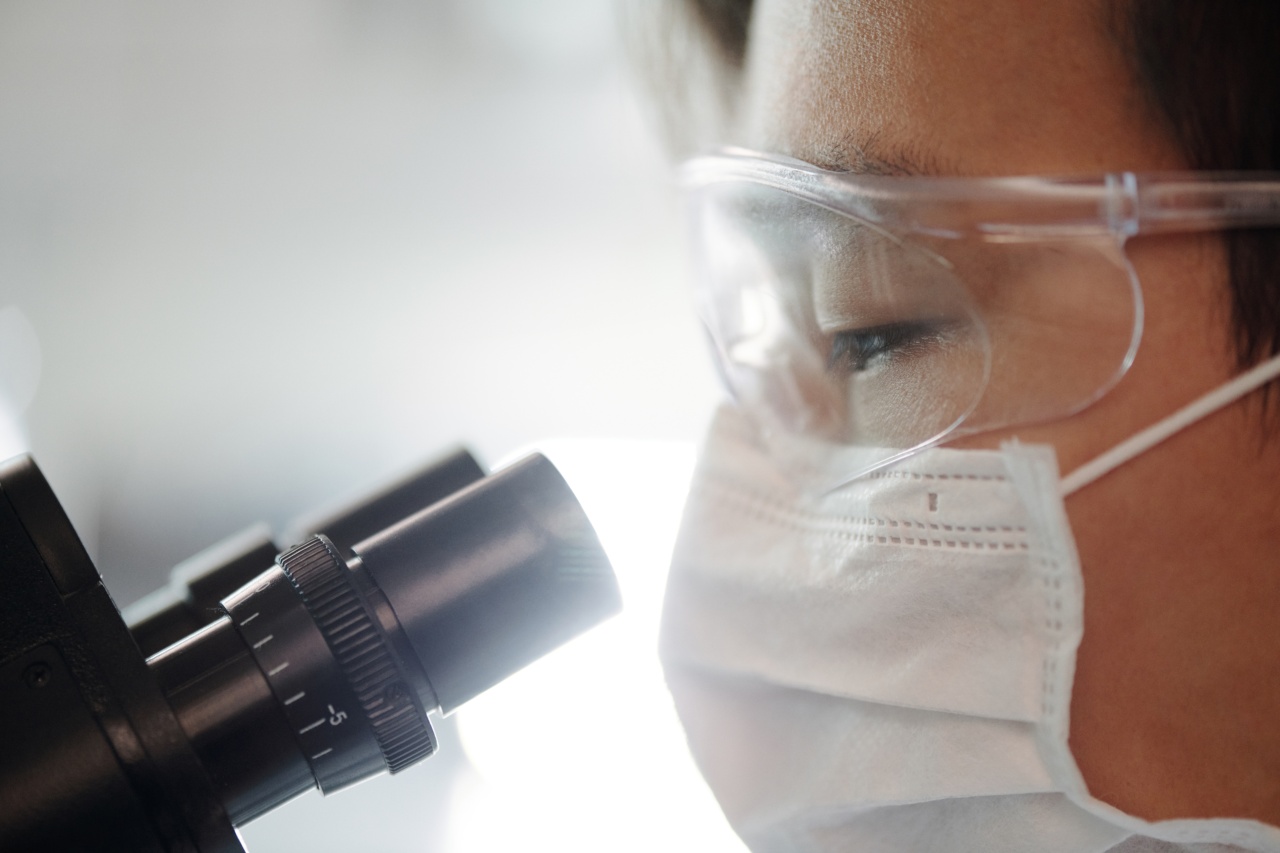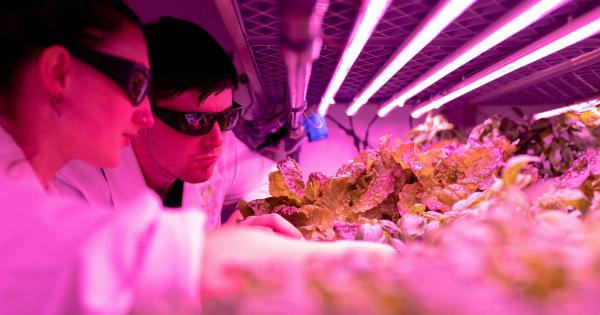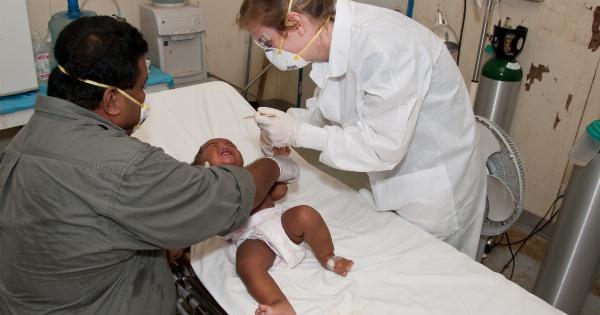The rise of drug-resistant bacteria poses serious threats to modern medicine. These bacteria can no longer be treated with conventional antibiotics, which have been the cornerstone of infectious disease management for over 80 years.
Researchers have been working hard to find new antibiotics to combat drug resistance, but progress has been slow. However, a recent breakthrough in antibiotic research may provide a glimmer of hope in the fight against drug-resistant bacteria.
The Antibiotic Resistance Crisis
Antibiotic resistance is a growing public health concern worldwide. Overuse and misuse of antibiotics have led to the emergence of drug-resistant bacteria, which are immune to the effects of antibiotics.
These bacteria are becoming more prevalent and are causing increasingly difficult-to-treat infections. Infections caused by drug-resistant bacteria are associated with higher mortality rates, longer hospital stays, and increased healthcare costs.
The Search for New Antibiotics
The development of new antibiotics has been slow in recent years. This is partly due to the high cost and lengthy development process of bringing a new drug to market.
Additionally, many pharmaceutical companies have shifted their focus to other areas of drug development, such as oncology, which offer higher profit margins.
However, there is a renewed interest in antibiotic research due to the global threat of antibiotic resistance.
Researchers are exploring new avenues for developing antibiotics, such as targeting bacterial metabolism or using bacteriophages, viruses that infect and kill bacteria.
The Antibiotic Teixobactin
In 2015, a new antibiotic called teixobactin was discovered, offering hope in the fight against drug-resistant bacteria.
Unlike other antibiotics, which are typically isolated from soil bacteria, teixobactin was discovered in soil using a novel culture method that enabled researchers to selectively grow previously uncultured bacteria. Teixobactin is effective against a variety of bacterial pathogens, including drug-resistant strains of Staphylococcus aureus and Streptococcus pneumoniae.
How Teixobactin Works
Teixobactin is a unique antibiotic that targets the cell wall of bacteria. The cell wall is a crucial part of the bacterial cell, providing structural support and protection from the environment.
Teixobactin targets and binds to a component of the cell wall called lipid II, which is essential for bacterial growth and survival. By binding to lipid II, teixobactin prevents the bacteria from building a new cell wall and ultimately kills the bacterial cell.
Why Teixobactin is Important
Teixobactin is important because it represents a new class of antibiotics that target the cell wall of bacteria.
This is significant because most antibiotics used today target other aspects of bacterial physiology, such as protein synthesis or DNA replication. By targeting the cell wall, teixobactin can kill bacteria that are resistant to other antibiotics, making it a promising candidate for the treatment of drug-resistant infections.
Additionally, teixobactin has not yet been shown to generate resistance, which is a common problem with other antibiotics.
Challenges in Developing Teixobactin
While teixobactin shows promise as a new antibiotic, there are challenges in developing it for clinical use. Teixobactin is a complex molecule that is difficult to synthesize in large quantities.
Additionally, it has poor solubility and stability, which makes it hard to administer in a clinical setting. Researchers are working to overcome these challenges by developing new methods for synthesizing and delivering the drug.
The Future of Teixobactin
Teixobactin is still in the early stages of development, but it has shown promise in preclinical studies. Researchers are hopeful that teixobactin could eventually be used to treat drug-resistant infections in humans.
However, it will take several years of development and clinical trials before teixobactin is available for use in the clinic.
Conclusion
The rise of drug-resistant bacteria is a serious public health concern that threatens the effectiveness of modern medicine.
The development of new antibiotics is crucial in the fight against drug resistance, and the discovery of teixobactin offers hope for the future. Teixobactin represents a new class of antibiotics that target the cell wall of bacteria and has shown promise in preclinical studies.
While there are challenges in developing teixobactin for clinical use, researchers are hopeful that this new antibiotic will eventually be available for the treatment of drug-resistant infections.





























